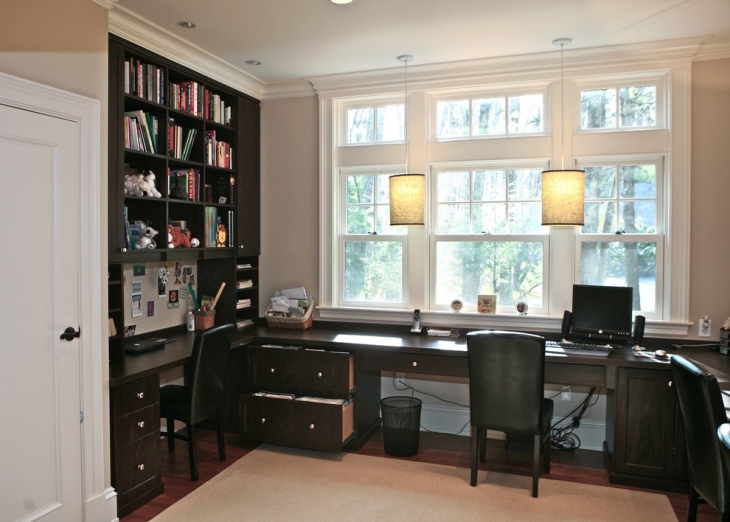Japanese Apartment Living Offers A Unique Experience

It s difficult enough looking for an apartment in your native country, let alone trying to find a Japanese apartment! Top of the usual criteria to bear in mind, there are also a few uniquely Japanese fees to look out for. Needless to say, as with most of Japan, the cultural differences are often quite different.

You need to ask yourself what you mean by the term "Doryokan" when considering buying a Japanese apartment. What do you think this term means? The word "Doryokan" literally translates as "hell apartment." In other words, if you were considering renting an apartment in hell - a typical 1k rate that includes all utilities. This rate is certainly indicative of the abysmal standards of Japanese lodging.
Some of these old style Japanese apartments will have only one or two side tables, and possibly none at all. Other apartments will boast several side tables along with kitchen counters. The Japanese, it seems, like eating at home. Their cuisine includes food that is light, quick, and easy to prepare, such as rice, noodles, seafood, tempura, vegetables, and other grains. It is no wonder that Japanese prefer to dine at home; they have mastered the techniques of proper dining.
The Japanese apartment you view probably doesn't feature any kitchen facilities whatsoever. The Japanese home is not built with any kitchen or storage space in mind. This is evident by the fact that many apartments are built on large open floors. If you see a large kitchen with a few work stations, and a few side tables in addition to the kitchen, that is considered an average Japanese apartment.
On the other hand, a Japanese apartment that features a proper kitchen and at least one additional storage space is considered a kaiseki style apartment. In these cases, the main residence is separate from the guest room. Many Japanese apartment owners have two types of apartment: the yurakumu, or main residence, and the hanamachi, or guest room. In Home Plans , there may be a separate entrance and often a separate kitchen as well. The hanamachi, or guest room, is generally closer to the center of town where you'll find a wide selection of local restaurants, shopping centers, and other cultural activities.
There are also some typical Japanese apartments that feature a living room. These are quite different from the rest, as they usually have their own kitchen. Many people prefer this setup as it provides them with the benefit of having complete control over cooking when they're ready to eat. One common characteristic of these apartments is that they tend to be located within walking distance to train stations, hospitals, parks, and other tourist attractions. In many cases, you will find that these apartments are also located close to places where you can have a variety of activities, including shopping, museums, and other cultural experiences.
If you are looking for a typical Japanese apartment, you'll likely find that there is an abundance of them throughout the country. You can easily check out their websites to see if one is available near you. In general, it's best to choose an apartment that offers you easy access to public transportation, so that you don't have to waste time and effort driving all over the place just to use the bathrooms or the gas pump. Most apartments in Japan also come with their own private swimming pools. It's best to check these out before finalizing your choice.
Another thing to consider when choosing your Japanese apartment is the view. There are many beautiful Japanese homes perched high on hillsides overlooking beautiful scenery. If you don't mind the distance and the steep cost of living in the city, you might want to consider one of these homes. When it comes to traveling, especially for long periods of time, being located far from the center of the city is always beneficial.
